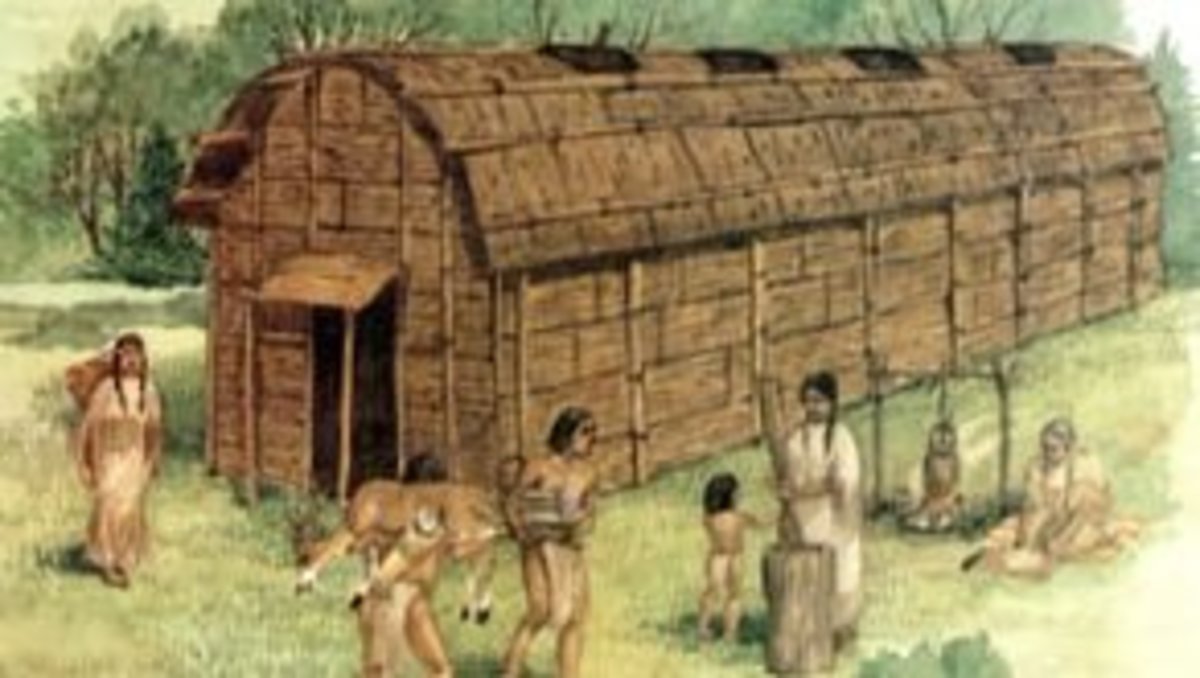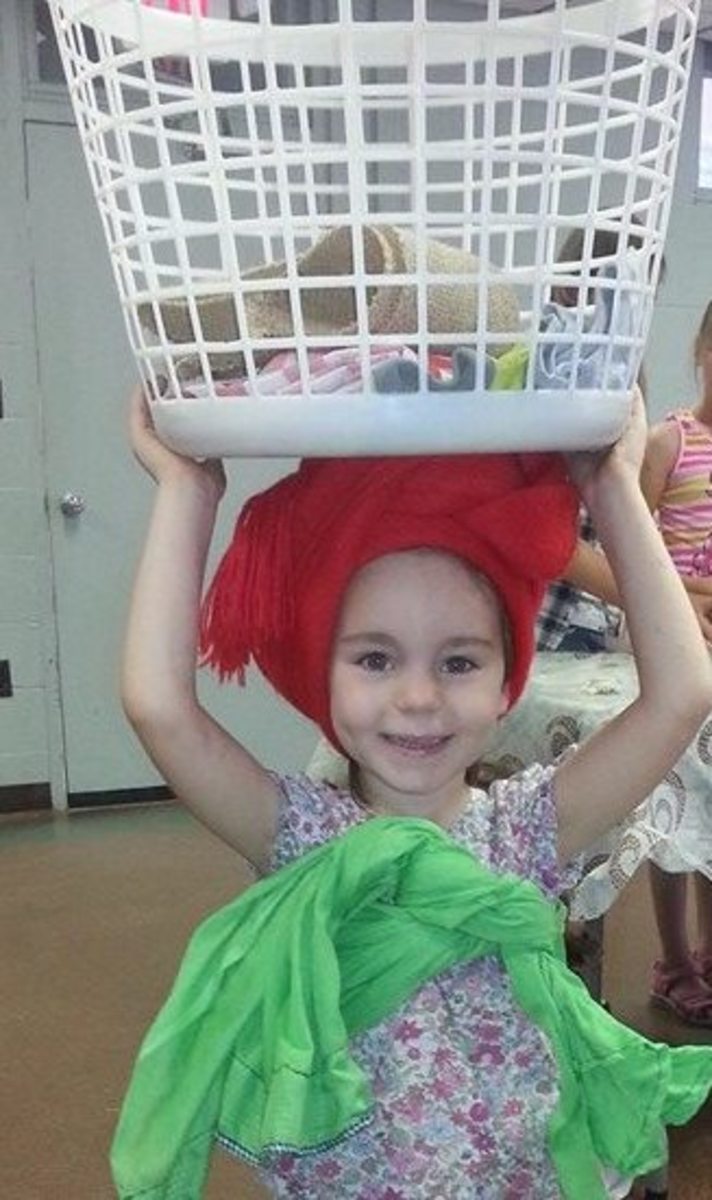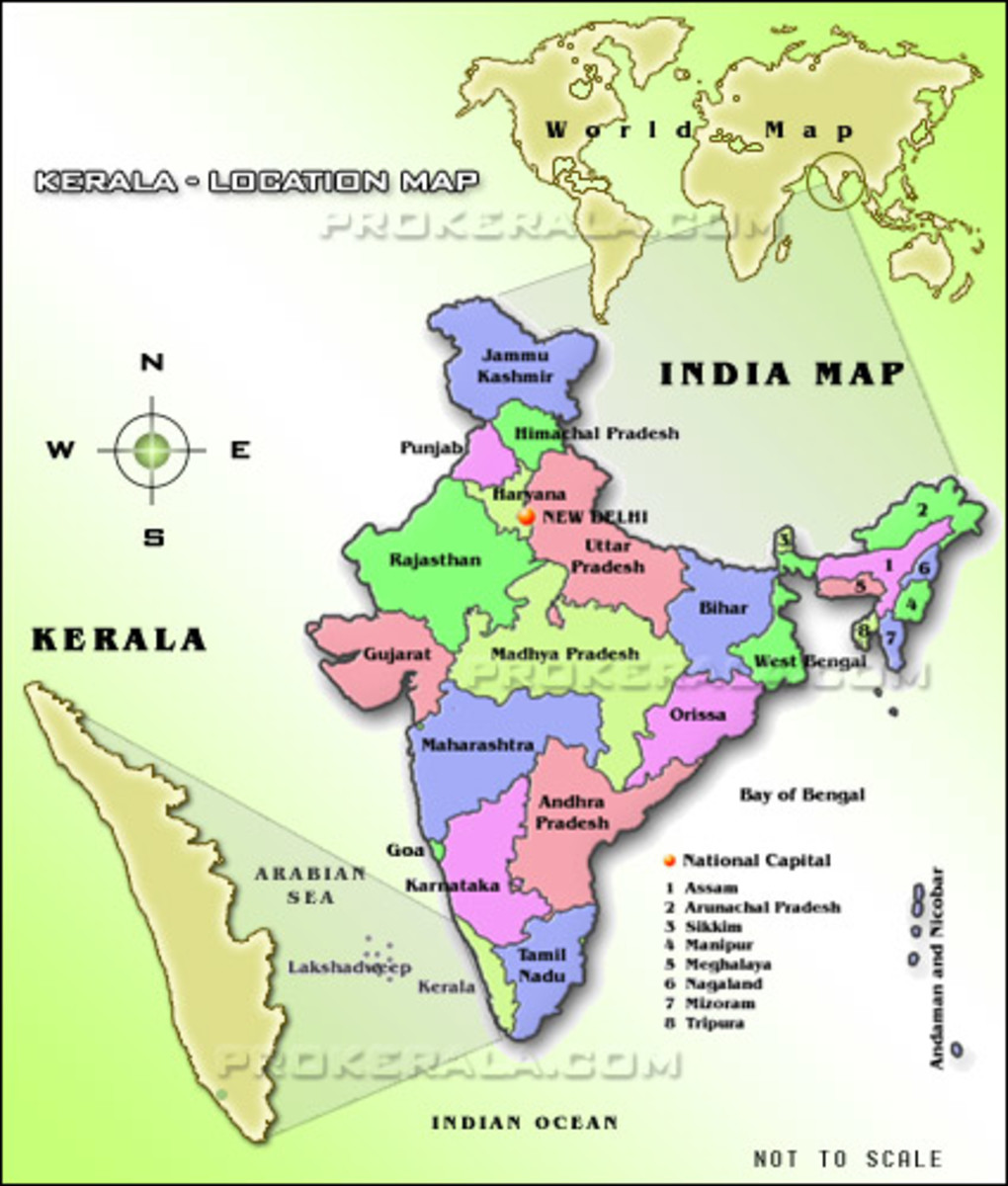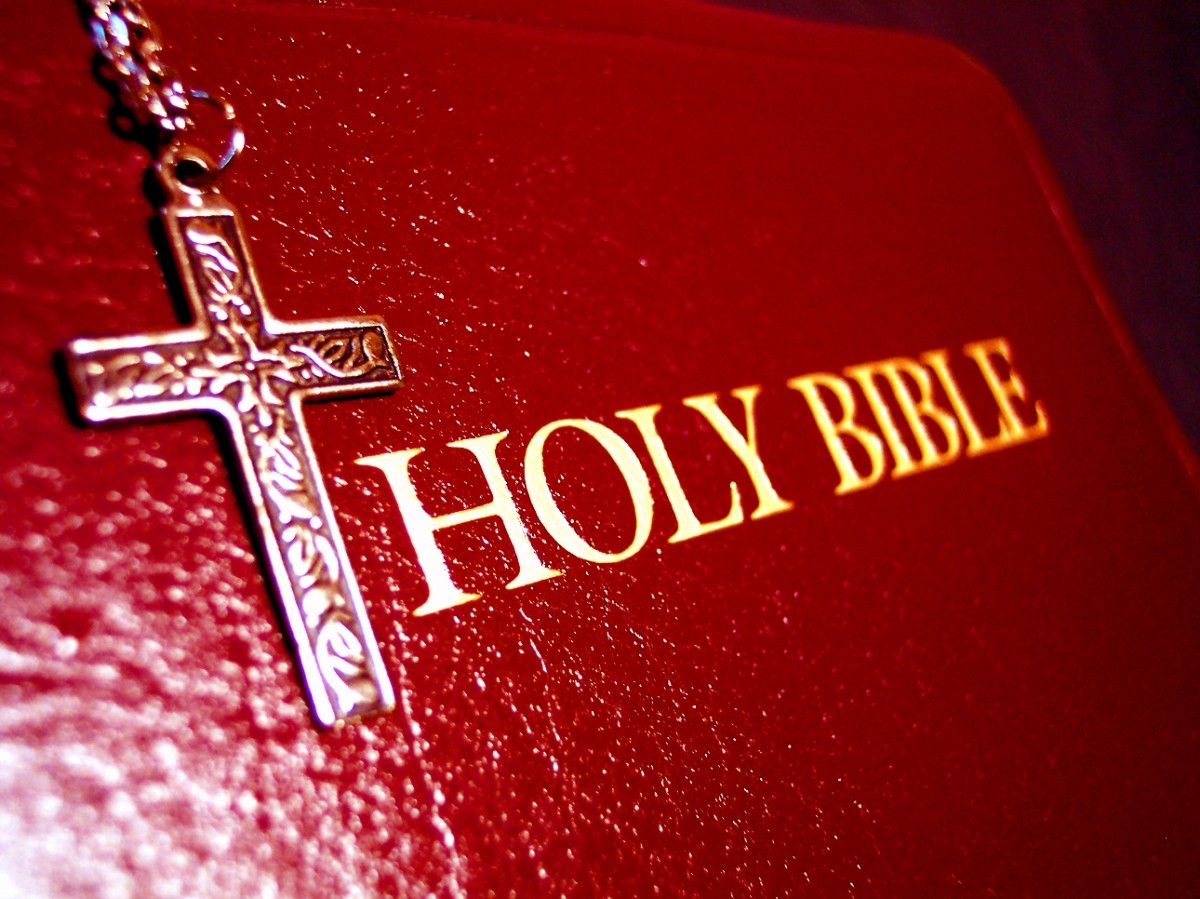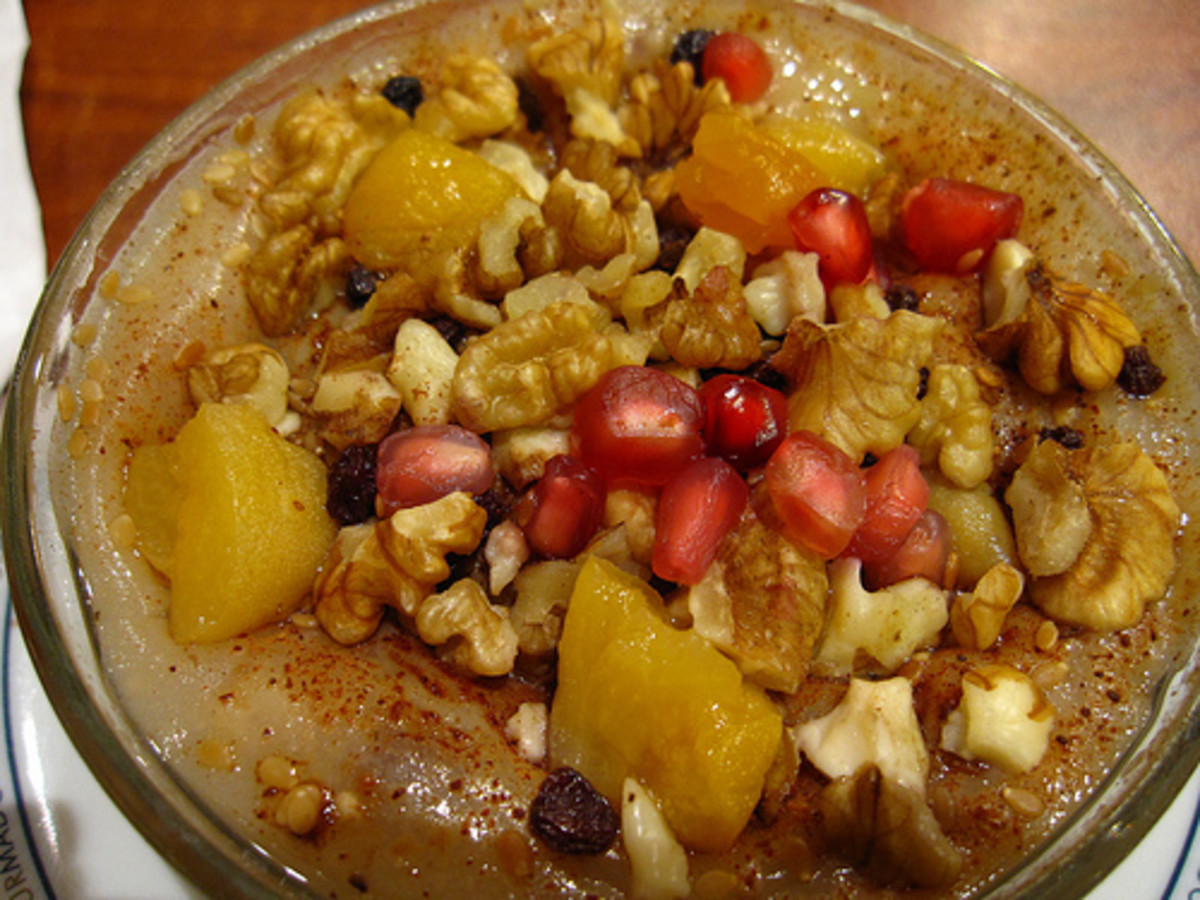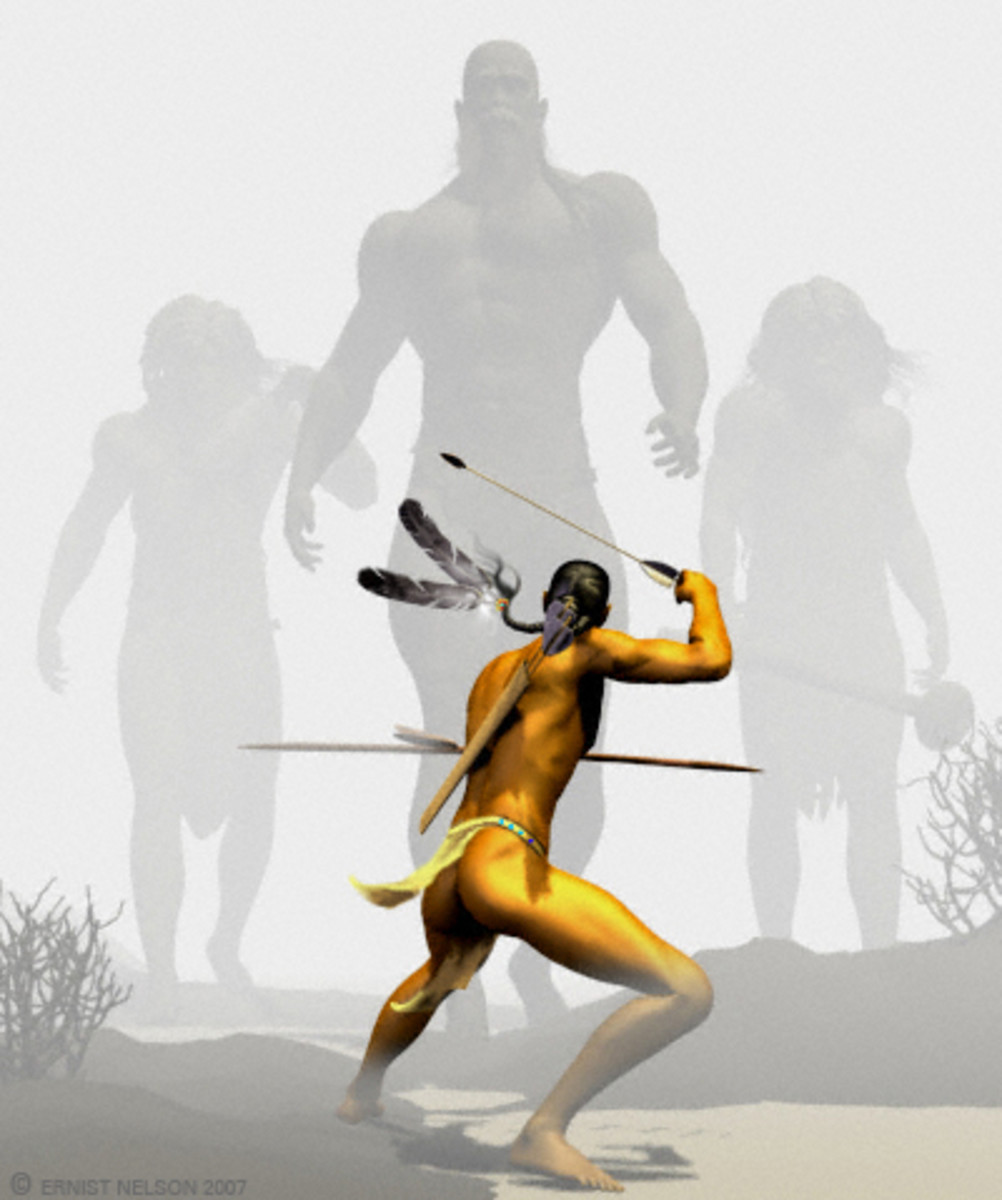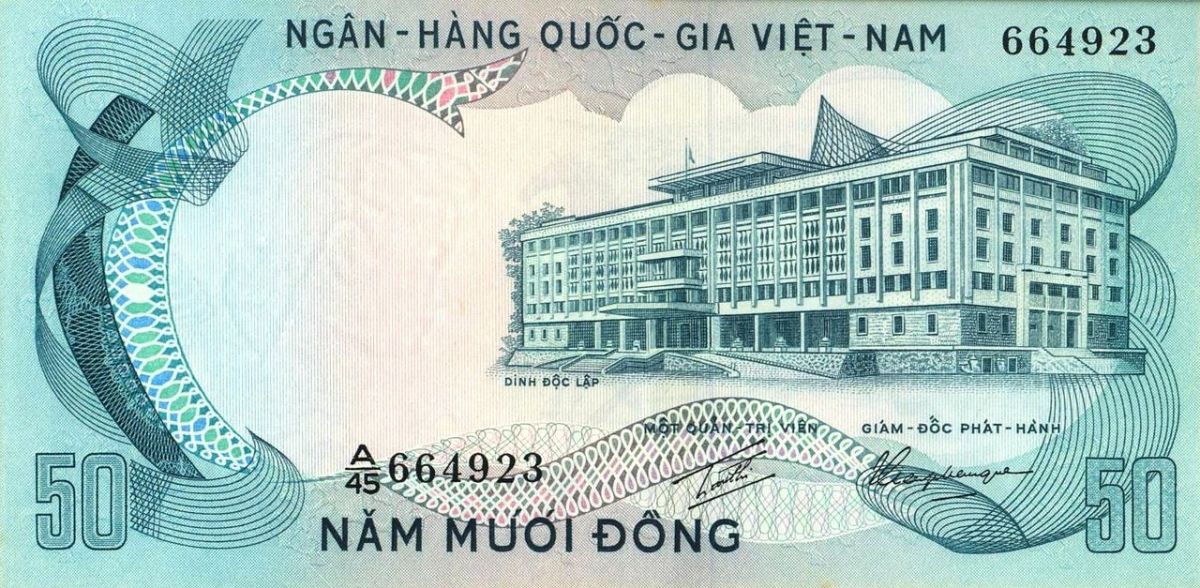The Culture of Ghana

The Gold Coast
Like most other African countries, Ghana too has a very rich cultural tradition that would fascinate any observer. This Gold Coast is multicultural and multi-ethnic society with colors and shades of humanity.
Ghana
Ghana is a sub-Saharan African country, situated near the West Coast of Africa. With a population of over 23 million, and a per capita GDP of over US $ 3000 on a per capita basis, Ghana is a country not very different from other third world countries in Africa. Historically, it is named after the medieval Ghana Empire that thrived around 500 km north of the present day Ghana in Thirteenth century. In modern times, it has been known as the 'Gold Coast' due to the discovery of Gold ever since fifteenth century in the country. It was colonized by Portuguese, and later by British. Arguably, the country has the longest contact with Europeans, especially Britain, among the countries of the region.
The Cultural Heritage

Ghana offers many interesting and colourful glimpses of its rich cultural heritage to its visitors.
Map of Ghana

Amazing Ghana

People & Ethnicity
Various ethno-linguistics groups, Ashanti tribe and matrilineal heritage
Ghana is a multicultural, multiethnic society with over a hundred separately identifiable ethno-linguistic groups. The important ones include Akan, Ewe, Mole-Dagbane, Guan, and Ga-Adangbe. While ethnic tensions are not unknown and sporadic inflammation of rivalry and violence also occur, by and large, the heterogeneous society of Ghana has been living in peace.
The largest group consists of Ashanti tribe from Akan. These are one of the few matrilineal tribes of West Africa, and carry on with many of the traditions associated with Ashanti kingdom of eighteenth century. These people speak Twi dialects and their language is rich in proverbs and euphemism, which are considered a sign of sophistication and wisdom. English is the official language and also the medium of instruction in most Academic institutions.
Most of settlements in Ghana were agrarian, but now there are many thriving and expanding cities. While no part of Ghana is homogenous, there is some kind of North-South divide that exists between people of the North, who are less well off, less educated, and mainly follow Islam, and the people of South Ghana who are comparatively better off in economic and educational terms, use English more often and have adopted Western practices and culture to a greater extent.
Religion, Rituals & Festivities
A multicultural influence
Religion influences culture in a way that the two cannot be separated. In Ghana, the religious faiths include Christianity, Islam and traditional African religions in almost equal numbers. Traditional local faiths place a lot of importance on the ancestors, who are worshiped by making offerings on their wooden carved stools which they possessed during their lifetime. Funeral is a very important ritual. Earlier, most dead were buried beneath their homes, but now most are interred in cemeteries. Traditional faiths believe in rebirth of the soul in the same lineage where it belonged.
Ghanaians celebrate important landmarks in life like child birth, puberty and marriage with a lot of passion. All these occasions involve a lot of rituals. Panafest is a festival held every summer to celebrate the Ghanaian roots. The Homowo festival has an interesting concept - it is celebrated by making a mockery of hunger, in remembrance of those times when the food was scarce.
Life in Ghana

Social & Family Life
The Ghanaian society is woven around extended families, which are practically the unit for all production, enterprise and property ownership. Often these families include many couples and their children. While the Ashanti tribe is matrilineal, with a child inheriting property from mother, other tribes are patrilineal. In all of them, the head of the family is the eldest male, and there exists significant gender role differentiation. The primary role of women is child-bearing, and a childless woman can be divorced by the husband.
Most decisions in the family are taken by the head in consultation with other family elders. Marriages are often arranged and finalized by family elders and parents. An individual is usually considered a representative of the family, and his or her conduct a sign of family credibility. Chiefs of the local settlement hold a position of respect and privilege.
The National Cultural Centre, Accra, Ghana - Glimpses of a rich cultural heritage

Food & Eating Habits
The staple food consists of a starchy staple eaten with a soup or stew. Crops like plantain, cassava, cocoyam (taro), and tropical yams, predominate in southern Ghana. Corn and rice are popular. The main dish is Fufu, pounded plantain or tubers in combination with cassava. Soup of vegetables, fish and peanuts with hot pepper are favorite. Most dishes are prepared using locally produced red palm oil.
The northern staple is millet, processed into a paste and eaten with a soup. Even the Westernized elite prefer indigenous diets. Bread is often eaten at breakfast. On Ceremonial Occasions, households raise chickens and dwarf goats. Popular drinks include palm wine, made from the fermented sap of the oil palm, and home-brewed millet beer.

Etiquette
The Ghanian culture has its own etiquettes, manner and traditions
Ghanaian culture places a lot of importance on etiquette and politeness. All acquaintances must shake hands with each other. Those visiting a friend or relative at home must also shake hand with each of the family members, before they are seated and offered food and drinks. It is customary not to refuse an invitation to eat or drink. It is expected that respect would be shown to elders and seniors, and use of impolite words like 'shut up' or 'non sense' is very rare and considered highly offensive.

Art & Craft of Ghana
Kente Cloth is the traditional cloth of Ashanti people, worn by the royalty since the twelfth century. It is made from interwoven cloth strips, and is usually worn only on extremely important occasions. Locally called Nwentoma, it is characterized by bright colors, catchy designs and geometric shapes.
Adinkra Symbols are typical geometric shapes that have connotation referring to a either a proverb, or a concept, or a historical event or person or a philosophy. They are extensively used in rituals as well as foe aesthetic purposes. Wood carving is another art form that is popular and thriving in Ghana.
The multicultural society of Ghana offers many other interesting features too, which may be best comprehended on firsthand experience. Overall it is a society with rich cultural heritage.

